Redmi K Pad: 80.2dB Sound & Precision Haptics – Compact Tablet Revolution

Redmi K Pad: Powerful Sound and Precision Haptics Redefine the Compact Tablet Experience
Hey Xiaomi fans! Get ready to be blown away because Redmi is about to shake up the compact tablet market. We’re diving deep into the newly announced Redmi K Pad, a device promising exceptional performance in a seriously portable package. Redmi’s Weibo announcements highlighted some seriously impressive features: custom 80.2 dB speakers and a cutting-edge dual-axis X linear motor haptic system. Pair that with a powerful MediaTek Dimensity 9400+ chipset and a design optimized for gaming, and you’ve got a tablet that’s ready to go head-to-head with the likes of the iPad Mini 7. Let’s explore what makes this compact powerhouse tick!

80.2 dB Speakers: Immersive Sound in a Compact Body
The Redmi K Pad boasts ultra-thin, custom-designed speakers. They utilize a dual-coil design with a symmetrical arrangement, ensuring balanced and powerful audio. Redmi claims these speakers can reach an external volume of up to 80.2 dB – that’s comparable to some portable Bluetooth speakers! For an 8.8-inch compact tablet, that’s seriously impressive. Most devices this size usually sacrifice sound quality for portability.
Key Speaker Features:
- Dual-Coil Design: Each speaker packs four voice coils, improving frequency response for clearer, more detailed sound.
- Symmetrical Arrangement: Strategically placed speakers deliver consistent stereo audio – perfect for movies, games, and music.
- 80.2 dB Maximum Volume: Loud enough to be heard even in noisy environments without significant distortion.
- Improved Frequency Range: While exact details haven’t been released, the symmetrical design and advanced coils suggest a good balance across bass, mids, and treble, outperforming similar-sized tablets.
Comparing the Redmi K Pad’s Audio to the Competition
To put that 80.2 dB into perspective, NotebookCheck tests showed the Redmi Pad (2022) hitting a maximum volume of 86 dB, but it lacked deep bass and offered a less immersive experience. The iPad Mini 6 (2021), a direct competitor, produces decent stereo sound, but its maximum volume is slightly lower, typically around 78-80 dB according to reviews. The Redmi K Pad’s ability to match or exceed these levels in a slimmer, gaming-optimized design is a significant achievement.
Impact on User Experience:
- Gaming: 80.2 dB speakers provide immersive soundscapes for games like Genshin Impact or Call of Duty Mobile, allowing you to clearly hear subtle details like footsteps, gunfire, and environmental effects.
- Multimedia: Watching shows or movies on Netflix benefits from powerful stereo audio, often eliminating the need for headphones.
- Productivity: For video calls or presentations, the high volume ensures clear audio, even in noisy surroundings.
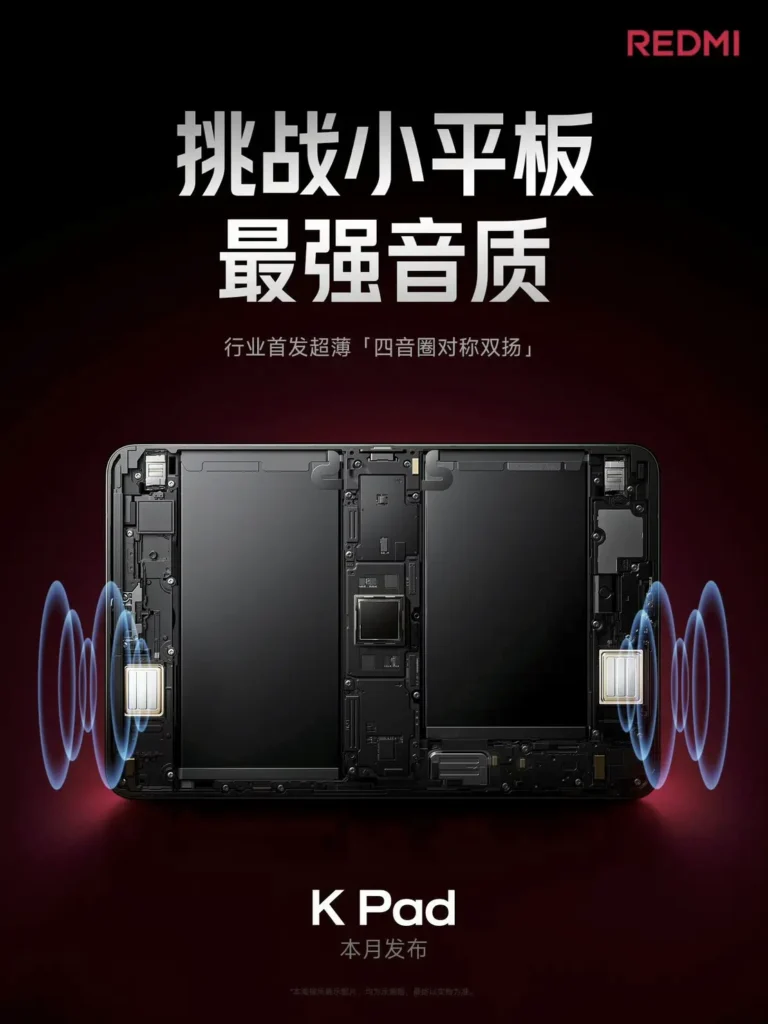
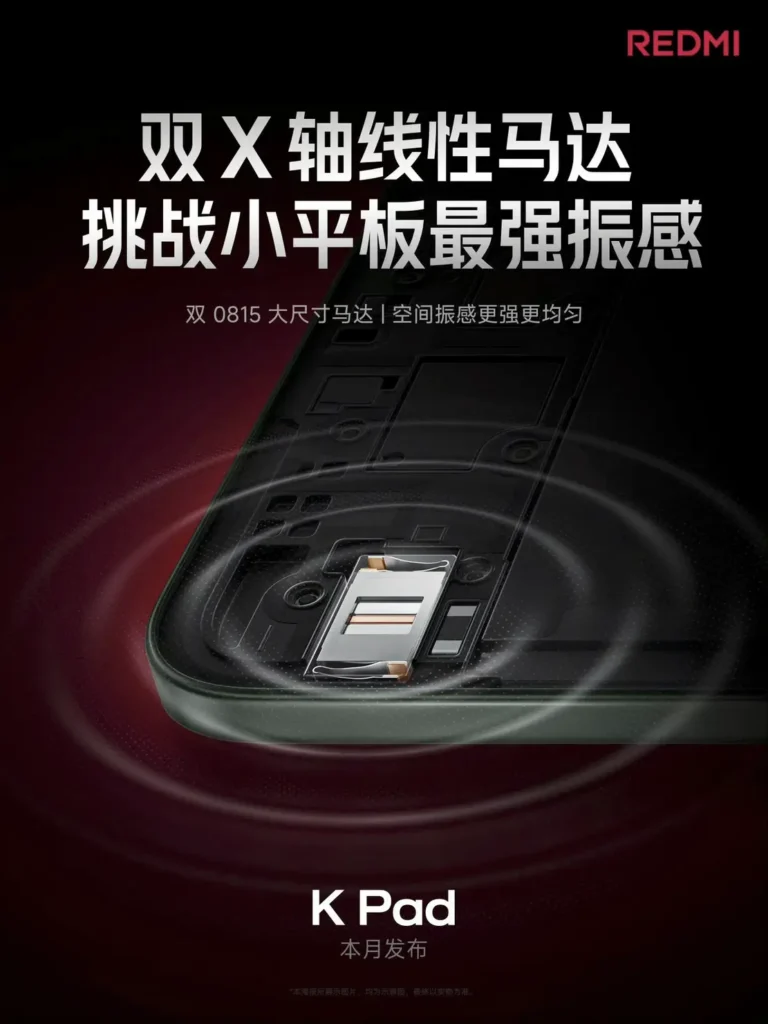
Precision Haptics: Immersive Vibrations with Dual-Axis X Motors
The Redmi K Pad doesn’t just shine in audio; its precision haptic system, powered by dual-axis X linear motors (0815), is also a standout feature. This technology, uncommon in compact tablets, provides advanced tactile feedback that enhances immersion in games, typing, and other interactions.
Key Haptic Features:
- Dual-Axis X Linear Motors (0815): These motors are larger and more precise than standard haptic motors, delivering consistent and strong vibrations across the device.
- Customizable Feedback: Redmi claims the K Pad supports a wide range of vibration patterns, calibrated for scenarios like notifications, games, or typing on a virtual keyboard.
- Symmetrical Design: The dual-axis X arrangement ensures consistent vibrations no matter how you hold the tablet.
- Enhanced Immersion: Advanced haptics simulate realistic tactile sensations, like the click of a button or the tension of a fishing rod in a game.
Redmi K Pad Haptics vs. the Competition
Haptics in compact tablets are often basic or non-existent. The iPad Mini 7 (2024), for example, offers standard vibrations but lacks advanced linear motors, limiting its tactile feedback. In contrast, the recently announced Xiaomi Redmi K80 Ultra features a CyberEngine haptic motor with up to 100 vibration patterns, and the K Pad seems to adopt similar technology adapted for its tablet format. This sets it apart in a segment where haptics are often a secondary priority.
Impact on User Experience:
- Immersive Gaming: In games like Asphalt 9 or Xiaomi’s own Cyber Fishing haptic demo, the dual-axis X motors simulate realistic vibrations, like the rumble of an engine or the tension of a fishing line, making the experience more engaging.
- Typing and Productivity: When using a virtual keyboard or stylus, precise vibrations give the feeling of a physical “click,” improving comfort while typing or drawing.
- Customizable Notifications: Differentiated vibration patterns allow you to identify notifications without looking at the screen, a huge advantage for multitasking.
Redmi K Pad: Technical Specifications and Design
The speakers and haptics aren’t the only strengths of the Redmi K Pad. Designed as Xiaomi’s first gaming-focused compact tablet, it boasts flagship-level specs that complement its audio and tactile experience:
| Feature | Specifications |
|---|---|
| Display | 8.8-inch IPS LCD, 3K resolution (2880×1800), 165 Hz, Nano Soft Light tech |
| Processor | MediaTek Dimensity 9400+ (3nm, 10-core, up to 3.62 GHz), Discrete D2 GPU |
| RAM & Storage | Up to 16GB LPDDR5X, up to 512GB UFS 4.1 |
| Battery | 7500 mAh, 67W fast charging (charger included) |
| Cooling | Over 12,000 mm² VC system for low temperatures during gaming |
| Cameras | 8MP rear, 8MP front (suitable for video calls) |
| Connectivity | Wi-Fi 6, 5G (in some variants), Bluetooth 5.4, Dual USB-C ports |
| OS | HyperOS 2.0 based on Android 15, optimized for gaming and productivity |
| Design | Aluminum body, 336 grams, 50:50 weight distribution for ergonomics |
| Estimated Price | Starting from ~$300 USD (to be confirmed at the June 26th event) |
Synergy Between Hardware and Experience:
- 165 Hz Display: The high refresh rate ensures smooth animations, complementing the audio and haptics for an immersive gaming experience.
- Dimensity 9400+: This cutting-edge chipset, with an AnTuTu score exceeding 3.24 million, guarantees seamless performance in demanding games, video editing, or multitasking.
- Advanced Cooling: The VC cooling system prevents overheating, allowing for extended use without compromising speaker or haptic performance.
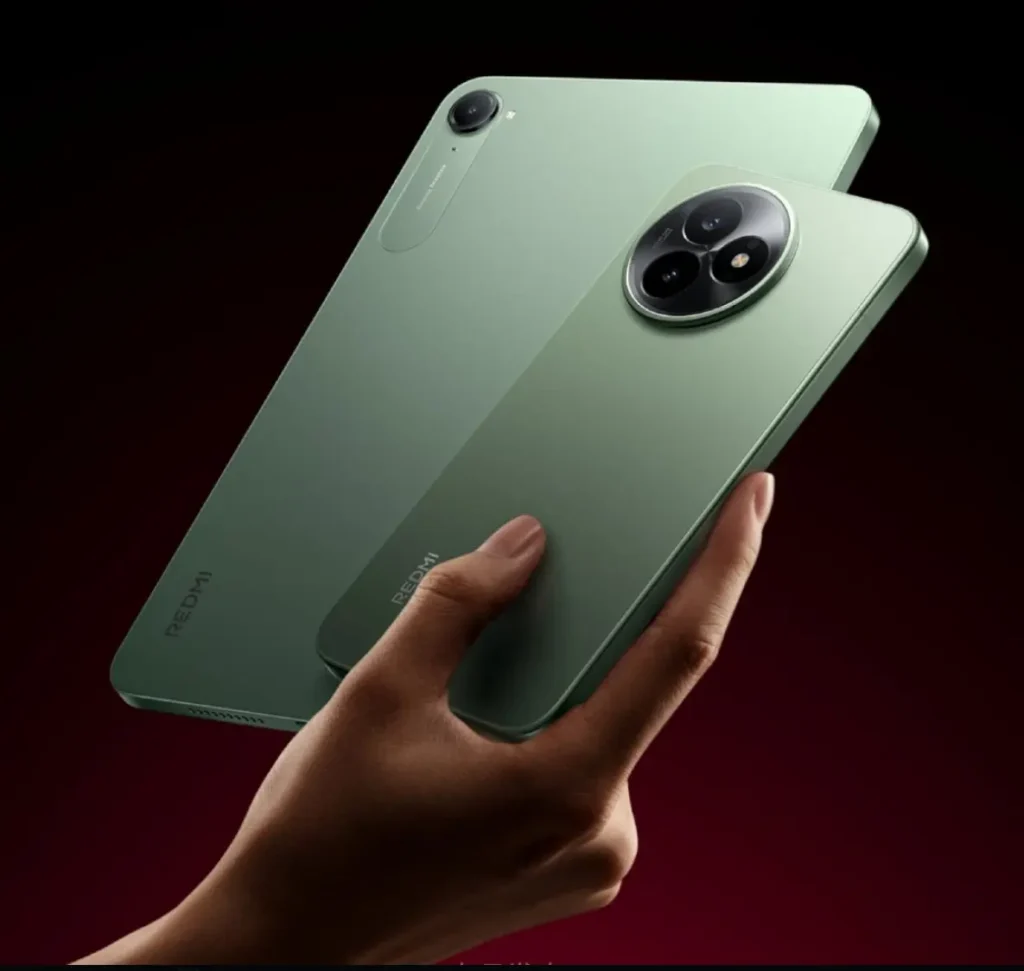
Launch Event and Availability
The Redmi K Pad will be officially unveiled on June 26th, 2025, in China, alongside other devices like the Redmi K80 Ultra, Xiaomi YU7 SUV, and Mix Flip 2. Redmi says the event will focus on the integration of its “Human x Car x Home” ecosystem, highlighting how the K Pad connects with other Xiaomi devices through HyperOS 2.0.
- Availability: Initially, the K Pad will be available in China, with pre-orders starting June 26th. Global availability, including markets like Europe and Latin America, might arrive in the following months, possibly in Q1 2026.
- Price: While unconfirmed, the K Pad is expected to start around $300-400 USD, competitive against the iPad Mini 7 (starting at $499 USD) and other compact tablets.
Redmi K Pad vs. the Market: Why It Stands Out
The compact tablet segment is limited, dominated by the iPad Mini and models like the Samsung Galaxy Tab A9. The Redmi K Pad differentiates itself through:
- Gaming Focus:
While most compact tablets prioritize portability or productivity, the K Pad is optimized for gaming, with a 165Hz display, advanced haptics, and a flagship chipset. - Superior Audio:
The 80.2 dB speakers surpass many competitors in volume and clarity, providing a multimedia experience without needing headphones. - Innovative Haptics:
Dual-axis X motors are a rarity in tablets, offering a tactile immersion advantage even the iPad Mini doesn’t match. - Competitive Pricing:
Offering high-end specifications at a lower price than the competition aligns with Xiaomi’s value-for-money philosophy.
Potential Limitations:
- Global Availability:
Like many Redmi products, the K Pad may take time to reach markets outside China, initially limiting accessibility. - Software:
While HyperOS 2.0 is powerful, it might include pre-installed apps some users consider bloatware. - Limited Bass:
Despite the 80.2 dB volume, compact tablets like the K Pad often lack deep bass due to their size, based on tests of similar models.
Conclusion: A Compact Tablet That Raises the Bar
The Redmi K Pad is poised to redefine what we expect from a compact tablet, thanks to its custom 80.2 dB speakers and precision haptic system with dual-axis X linear motors. These features, combined with a Dimensity 9400+ chipset, a 165Hz display, and ergonomic design, make the K Pad an ideal choice for gamers, multimedia enthusiasts, and users seeking a powerful yet portable device. Its launch on June 26th, 2025, will mark a milestone in the compact tablet segment, challenging competitors like the iPad Mini with an unbeatable value proposition. Whether you’re diving into intense games, enjoying immersive movies, or working on the go with precise tactile feedback, the Redmi K Pad promises a premium experience at an accessible price. Ready to discover the future of compact tablets? Stay tuned for Xiaomi’s event and get ready for a new era of portable technology!

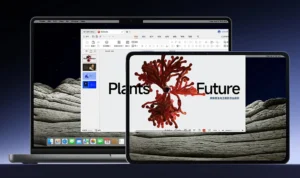
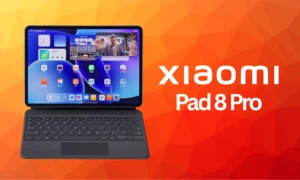
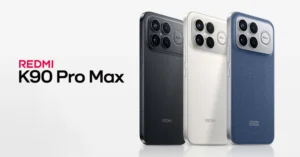



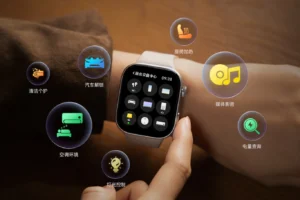
1 thought on “Redmi K Pad: 80.2dB Sound & Precision Haptics – Compact Tablet Revolution”